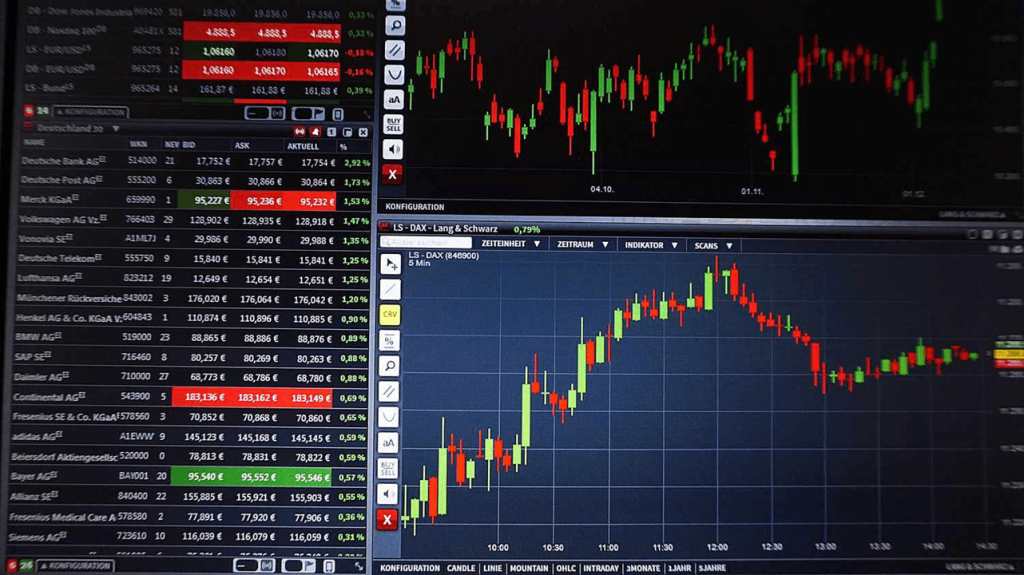Forex trading, also known as foreign exchange trading or currency trading, could be the global marketplace for buying and offering currencies. It works 24 hours each day, five days a week, enabling traders to participate on the market from anywhere in the world. The principal goal of forex trading is always to make money from variations in currency exchange costs by speculating on whether a currency set may rise or fall in value. Individuals in the forex industry include banks, economic institutions, corporations, governments, and personal traders.
Among the essential features of forex trading is its large liquidity, and thus big quantities of currency can be bought and offered without considerably affecting change rates. This liquidity guarantees that traders can enter and leave roles rapidly, enabling them to take advantage of also little cost movements. Additionally, the forex industry is very available, with minimal barriers to access, allowing persons to start trading with somewhat small levels of capital.
Forex trading supplies a wide selection of currency couples to deal, including significant pairs such as for instance EUR/USD, GBP/USD, and USD/JPY, along with slight and amazing pairs. Each currency set represents the trade rate between two currencies, with the first currency in the set being the bottom currency and the next currency being the quote currency. Traders may profit from equally rising and slipping markets by taking long (buy) or small (sell) roles on currency pairs.
Effective forex trading needs a stable comprehension of fundamental and specialized analysis. Basic examination requires considering financial indications, such as for example curiosity prices, inflation costs, and GDP growth, to gauge the underlying strength of a country’s economy and their currency. Technical analysis, on another hand, requires examining price maps and patterns to spot traits and possible trading opportunities.
Chance administration can be important in forex trading to safeguard against potential losses. Traders often use stop-loss orders to limit their disadvantage chance and use appropriate position size to ensure not one trade can somewhat influence their overall trading capital. Additionally, maintaining a disciplined trading approach and preventing emotions such as for instance greed and concern are vital for long-term accomplishment in forex trading.
With the growth of technology, forex trading has be much more available than actually before. On line trading tools and cellular applications offer traders with real-time use of the forex industry, allowing them to perform trades, analyze industry data, and handle their portfolios from any device. More over, the availability of instructional forex robot resources, including courses, webinars, and demonstration reports, empowers traders to produce their abilities and enhance their trading efficiency over time.

While forex trading offers significant gain possible, it also bears inherent dangers, such as the potential for considerable losses. Thus, it is needed for traders to conduct complete research, create a sound trading technique, and repeatedly check market problems to produce educated trading decisions. By sticking with disciplined chance management techniques and staying educated about international financial developments, traders can enhance their likelihood of success in the energetic and ever-evolving forex market.
